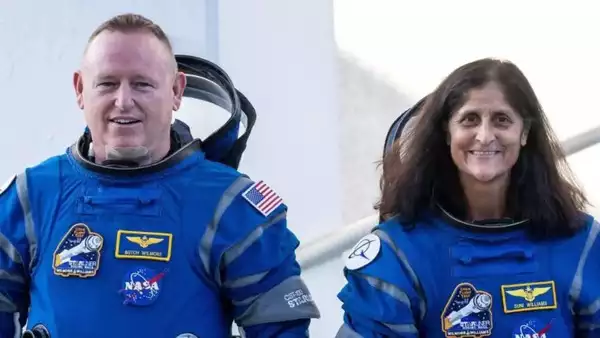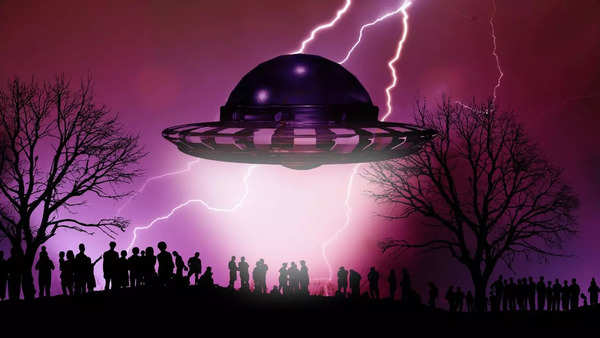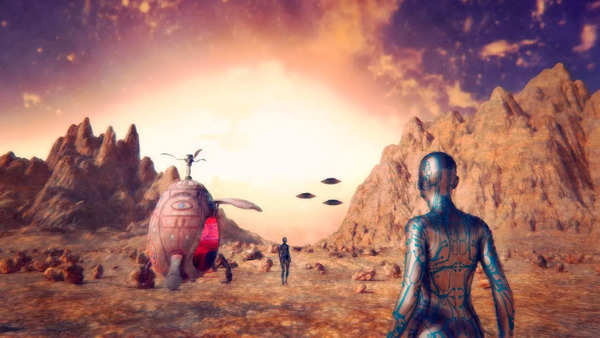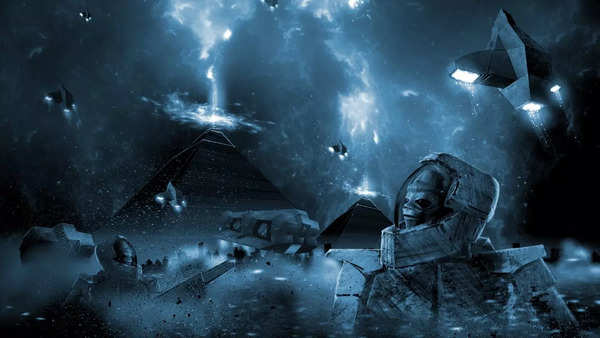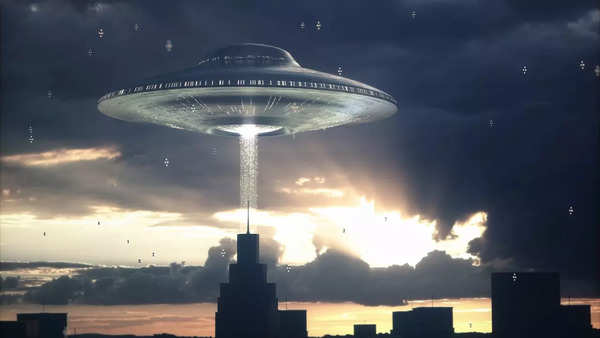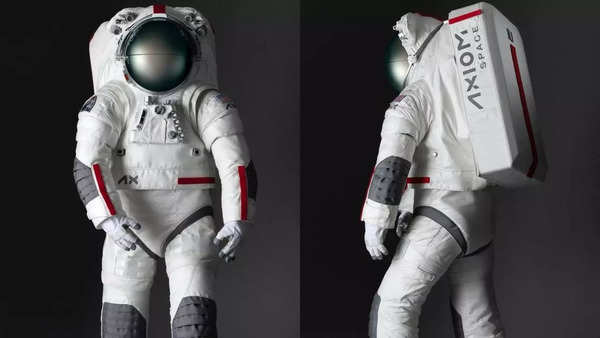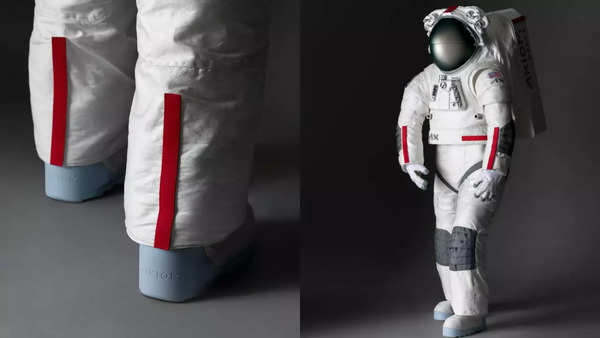The word alien comes from the Latin word ‘aliēnus’, which means “not one’s own, of others, foreign, strange”. It is derived from the Latin word alius, which means “other”. The concept of aliens has been around for a long time with each school of philosophy having different views on them. The very first speculations about a life existing beyond the Earth can be found in the discussions amongst Epicurean philosophers in ancient Greece and their Roman disciples. In his book De Rerum Natura (On the Nature of Things), Roman Epicurean poet Lucretius writes, “Nothing in the universe is unique and alone and therefore in other regions there must be other earth’s inhabited by different tribes of men and breeds of beasts.”
Then enter Nicholas of Cuss, a German philosopher, theologian and cardinal, who took forward the idea of aliens in the 15th century but with a twist. Nicholas in his writings declared that instead of the sun or even the Earth, God was the center of the universe(this was before Copernicus had established the heliocentric model). But that was not it, he states, “Rather than think that so many stars and parts of the heavens are uninhabited and that this earth of ours alone is peopled – and that with beings perhaps of an inferior type – we will suppose that in every region there are inhabitants, differing in nature by rank and all owing their origin to God, who is the center and circumference of all stellar regions.”
The idea was received well and soon his contemporaries too began discussing the implication of such a possibility. While the concept of aliens was looked at with a scientific approach as of yet, Medieval scholars had accommodated the concept well enough with their religious beliefs. Today aliens are a hot cultural topic, and they are being taken more seriously, with the Pentagon establishing a dedicated office, Congress conducting hearings, and NASA joining the investigation efforts. Despite the growing attention and importance placed on confirming the existence of extraterrestrial life, there is nothing substantial we know about them. Let us explore why even after no substantial evidence, the concept of aliens is still a relevant debate.
The concept of UFOs
Until the 1940s, aliens were just an imaginary concept, whose existence was always blurred into ideas from religion, fantasy and superstition. This changed soon enough with the evolution of tech, and we saw the development of a new concept- Unidentified Flying Objects or UFOs. Kenneth Arnold, a private pilot, claimed to have seen nine high speed flying saucers shoot across the sky when he was flying past Mt. Rainier on June 24, 1947. The very same year, the Roswell Daily Record reported the capturing of a ‘flying saucer’ on Ranch in Roswell Region. However, soon it was found that it was not an alien spaceship but a high altitude weather balloon with a radar reflection. This triggered a mass reaction amongst people who got obsessed with the concept of extraterrestrial life, so much so that a new subculture known as “ufology” was established.
Project Blue Book
The 1950’s and 60’s are full of stories about ‘sightings’ of suspicious looking flying objects which people immediately recognised as alien related. However they spread a belief amongst the people that not only were aliens real, they do visit Earth from time to time. This belief was further fueled by the fact that the which government government’s investigation project known as- Project Blue Book was very hush-hush. The conspiracy theorists lapped up on this opportunity each trying to make sense of the events in their own way.
Area 51 and alien abductions
Area 51, a classified U.S. Air Force facility in Nevada, has become the center of conspiracy theories, especially concerning alleged alien encounters. Alongside these rumors, the concept of alien abduction emerged, shifting the public’s perception from curiosity to fear. Aliens transitioned from being distant, ethereal beings to perceived technologically advanced creatures potentially observing and abducting humans, adding an unsettling layer to the mystery surrounding extraterrestrial life. This fear was manifested in early 1950, when Antônio Vilas-Boas claimed that he had been abducted by aliens, while working at night on his family farm in Brazil. As per reports by “The Collector”, Antonio said that he was captured by these beings, who wore gray overalls and helmets. Those beings then took him aboard their ship, whereupon they took their helmets off. They apparently had small blue eyes and communicated via a series of animal-like grunts.
Another case of such claims of abduction was made by a couple named Betty and Barney Hill, who believed that aliens captured them to study the human body. But as humans were exposed to information through various mediums, especially the internet, the concept of aliens is being seen in a new light, which is more scientific and logical than just feeding our fears. For example UFO’s got a new name. As per government edicts, UFOs are now known as unidentified anomalous phenomena (UAPs). Physicist Enrico Fermi, introduced a new concept known as Fermi Paradox- the idea that there’s a high likelihood of advanced extraterrestrial life, but there’s no conclusive evidence of it. The universe is so vast and huge and it is highly possible that alien civilizations have evolved themselves better than us to be undetectable to human intelligence.
SETI
When it comes to various organizations who dedicated themselves to searching for life on other planets- SETI is the most famous. SETI, or the Search for Extraterrestrial Intelligence, is a branch of astronomy that uses various techniques to look for signs of technological activity from other planets. However they too have remained unsuccessful in finding any signs of any life outside Earth.
Recently NASA’s UFO briefing confirmed that there has been no change in our understanding of aliens or their existence. This briefing comes after NASA embarked on their first project to study UAP in 2022. As technology advances and our understanding of the universe deepens, the mystery continues to spark curiosity, keeping the search for answers very much alive. And as Carl Sagan puts it,- the absence of evidence is not evidence of absence, so the search must continue until we are proven otherwise.
